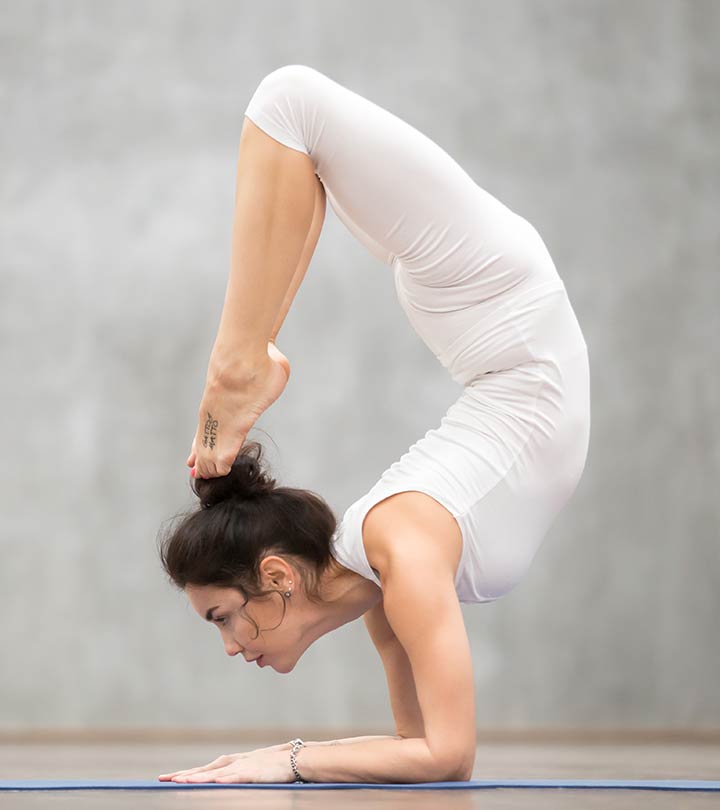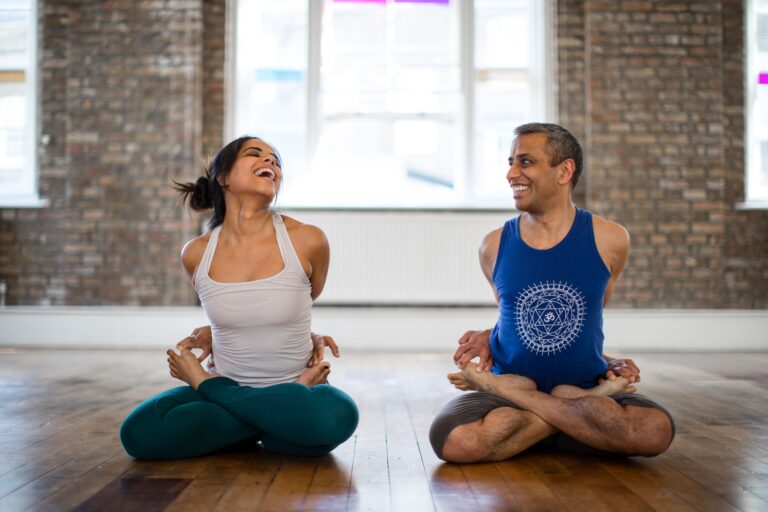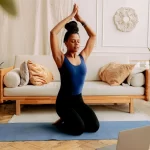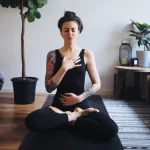I. Introduction
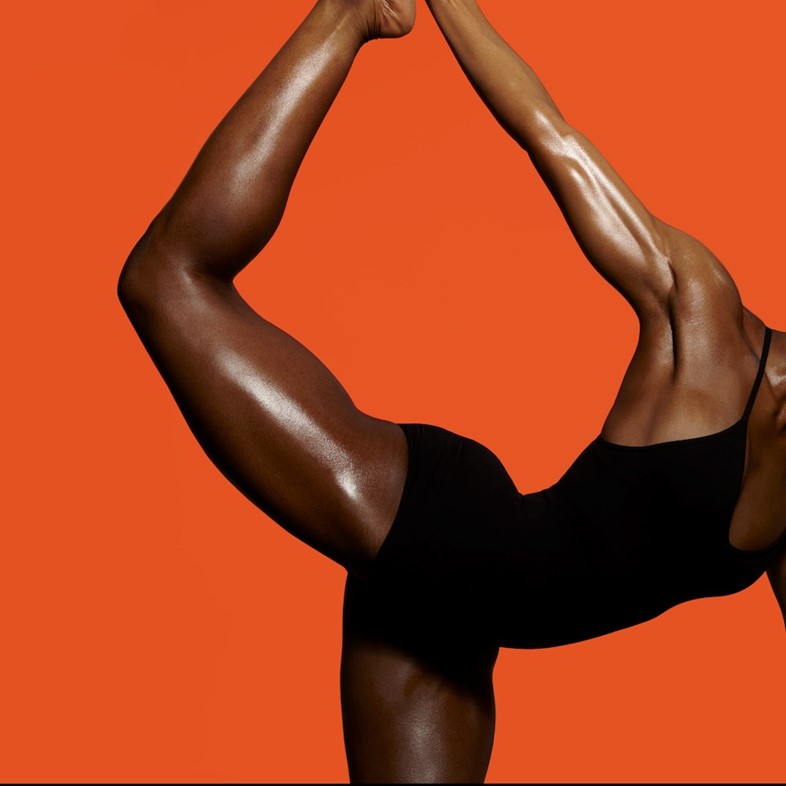
A. Definition and overview
Rocket Yoga is a dynamic and invigorating form of yoga that combines elements of Ashtanga Vinyasa Yoga with modifications and adaptations. It was developed by Larry Schultz and became known as Rocket Yoga due to its ability to “get you there faster.” This style of yoga focuses on fluid sequencing, strength, flexibility, and finding your personal expression in each pose.
B. Origins and inspiration behind
Rocket Yoga Larry Schultz was a student of renowned yoga master Sri K. Pattabhi Jois, the creator of Ashtanga Vinyasa Yoga. Inspired by his experiences with Ashtanga, Schultz developed a modified practice that was accessible to a wider range of practitioners. He combined the primary, intermediate, and advanced series of Ashtanga into a more fluid and dynamic sequence, creating Rocket Yoga.
II. The Principles of Rocket Yoga
A. Fluid Sequencing and Transitions
- Dynamic and continuous movement
It is characterized by its fast-paced and energetic flow. Holding poses for shorter durations and incorporating smooth, seamless transitions between poses creates a sense of continuous movement, promoting a flow state and increased energy. - Sequencing inspired by Ashtanga Vinyasa Yoga
It sequence is based on the Ashtanga Vinyasa Yoga system. It follows a specific series of poses, including Sun Salutations, standing poses, balancing poses, inversions, and backbends. However, Rocket Yoga offers more flexibility in the sequencing, allowing for variations and modifications to suit individual needs.
B. Modification and Adaptation
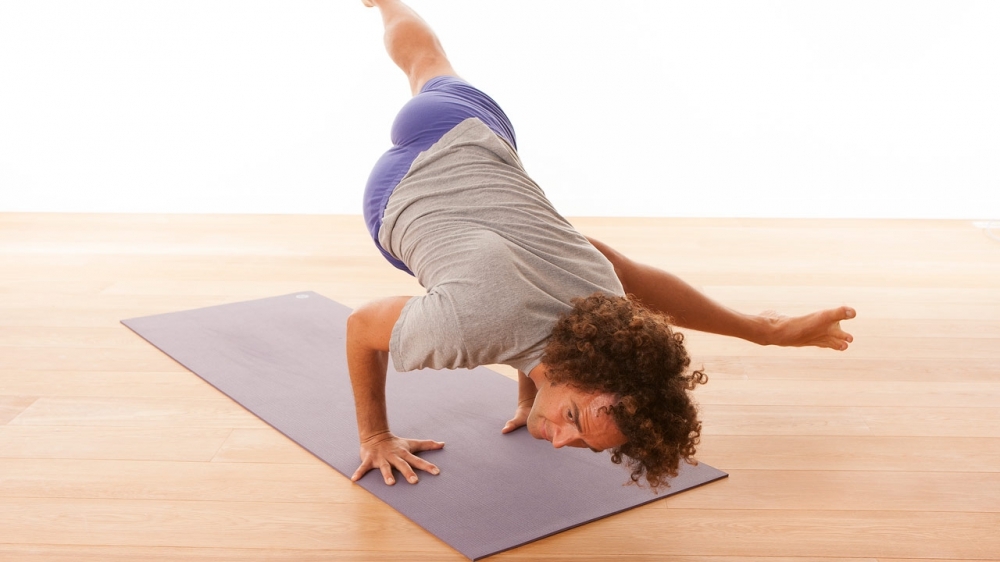
- Encouraging modifications for different levels and body types Rocket Yoga embraces the concept of modification, making it accessible to practitioners of all levels. Variations and props are used to accommodate different body types, injuries, or limitations. This inclusive approach allows each individual to find their own expression within the practice.
- Empowering practitioners to find their own expressions of poses Rocket Yoga encourages practitioners to explore and express themselves creatively within each pose. This emphasis on personal expression fosters self-discovery and self-acceptance while cultivating a deeper understanding of one’s body and individual needs.
C. Strength, Flexibility, and Balance
- Incorporating challenging poses and transitions Rocket Yoga includes advanced poses and transitions, such as arm balances, inversions, and creative vinyasa sequences. These challenging elements help build strength, flexibility, and balance, pushing practitioners beyond their comfort zones.
-
Fostering physical and mental resilience The demanding nature of Rocket Yoga cultivates mental and physical resilience. Through consistent practice, individuals develop the strength and flexibility to face challenges on and off the mat, fostering a sense of inner strength and confidence.
III. Rocket Yoga Practice and Poses
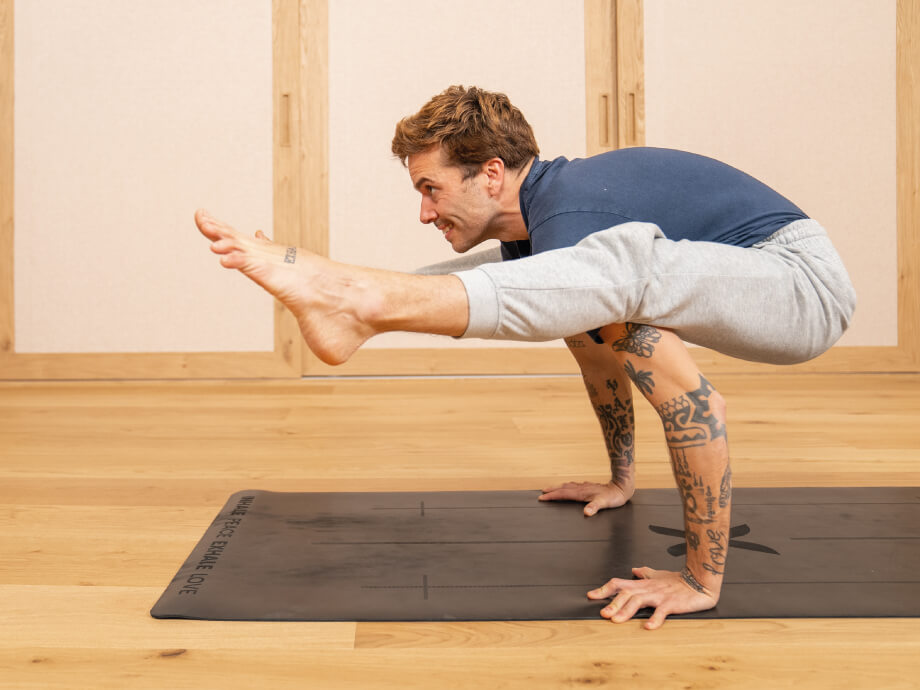
A. Sun Salutations and Core Poses
Rocket Yoga incorporates dynamic and energizing Sun Salutations that create a flow of movement and build heat in the body. This series of poses encompasses a sequence of forward folds, lunges, and upward-facing dogs, synchronized with the breath. Sun Salutations in Rocket Yoga are often performed at a faster pace than in traditional yoga styles, promoting a sense of dynamism and vitality.
Additionally, Rocket Yoga includes various core poses that challenge stability and strengthen the core muscles. These poses can include variations of plank, boat pose, and side plank. By emphasizing core engagement, Rocket Yoga helps build overall body strength and stability.
B. Standing and Balancing Poses
The standing and balancing poses in Rocket Yoga focus on developing strength, stability, and concentration. Standing poses, such as Warrior II, Triangle Pose, and the Tree Pose, help improve balance, coordination, and flexibility while strengthening the leg muscles.
Balancing poses, such as the Crow Pose, Handstand, and Headstand, require more focus and mental presence. Practicing these poses encourages practitioners to cultivate concentration and overcome any fear or self-doubt. Balancing poses in Rocket Yoga challenge balance, coordination, and stability while promoting mental clarity and confidence.
C. Inversions and Backbends
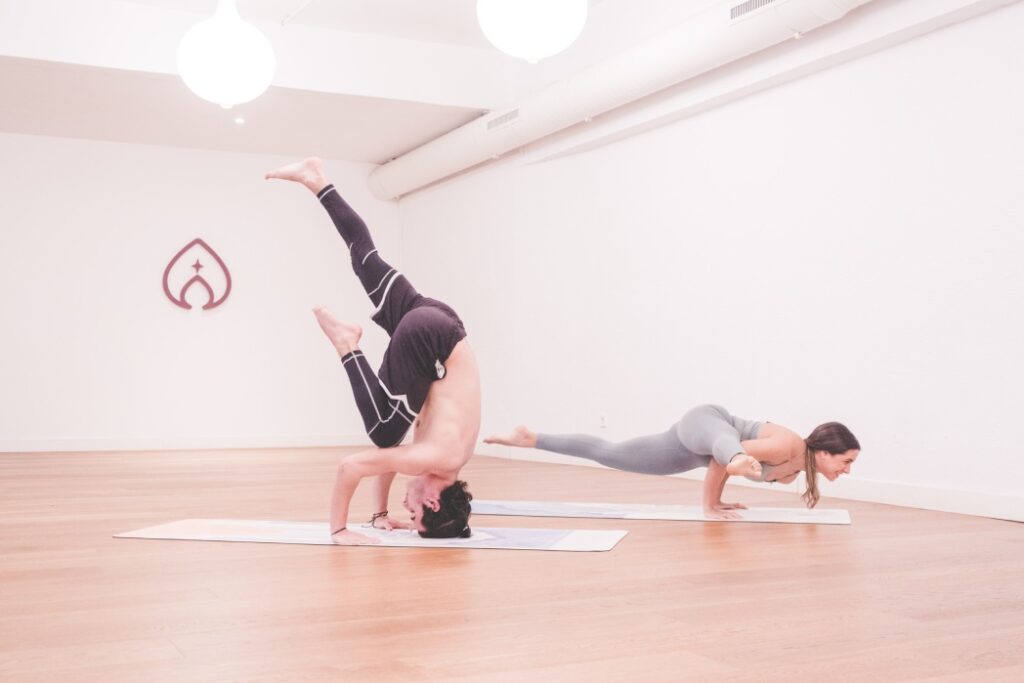
Inversions, such as Shoulder Stand, Headstand, and Handstand, are a significant component of Rocket Yoga. These poses require practitioners to go upside down, cultivating courage, overcoming fear, and building strength in the upper body. Inversions also improve blood circulation, enhance the functioning of the central nervous system, and promote mental clarity and focus.
Backbends in Rocket Yoga, such as the Wheel Pose and Camel Pose, focus on opening the heart center and expanding the spine. These poses help release tension and tightness in the back, shoulders, and chest. Backbends also stimulate the nervous system and promote an energized and uplifted state of mind.
IV. Benefits of Rocket Yoga
A. Physical Benefits
Rocket Yoga offers various physical benefits for practitioners of all levels.
Improved strength, flexibility, and balance: The dynamic and challenging nature of Rocket Yoga poses helps build strength and increase flexibility, enhancing overall physical fitness. Balancing poses and inversions require stability and balance, promoting body awareness and coordination.
Increased stamina and cardiovascular fitness: The continuous flow of movement and the heat generated in Rocket Yoga sequences contribute to improved stamina and cardiovascular health. The combination of strength, flexibility, and continuous movement makes Rocket Yoga an excellent exercise for cardiovascular fitness.
B. Mental and Emotional Benefits
Rocket Yoga also provides several mental and emotional benefits.
Enhanced focus, concentration, and mental clarity: The fast-paced sequences and challenging poses in Rocket Yoga require practitioners to stay fully present and focused. The synchronization of breath and movement helps cultivate mental clarity and concentration, promoting a meditative state of mind.
Stress reduction and increased self-confidence: The dynamic and continuous movement, combined with the challenges presented in Rocket Yoga, can help reduce stress and anxiety. The sense of accomplishment that comes from practicing and mastering challenging poses builds self-confidence and self-esteem.
V. Safety and Precautions
A. Proper Alignment and Technique Practitioners should prioritize alignment and use proper technique to ensure safety in Rocket Yoga. It is essential to practice under the guidance of a qualified instructor who can provide cues and adjustments to maintain correct alignment. Proper alignment helps prevent injuries and maximizes the benefits of the practice.
B. Respect for Individual Limits Practitioners must respect their individual limits and avoid pushing themselves beyond what is comfortable or safe for their bodies. Everyone’s physical capabilities and limitations are different, and honoring and listening to the body is crucial in avoiding injury.
VI. Conclusion
Rocket Yoga offers a dynamic and transformative practice that promotes physical fitness, mental clarity, and emotional well-being. Through the practice of various poses, including Sun Salutations, core poses, standing and balancing poses, inversions, and backbends, practitioners can experience improved strength, flexibility, balance, and mental focus.
The benefits of Rocket Yoga extend beyond the physical realm, with practitioners experiencing reduced stress levels, increased self-confidence, and a greater sense of mental clarity and presence. However, it is essential to practice Rocket Yoga with proper alignment, technique, and respect for individual limitations to ensure safety and prevent injuries.
